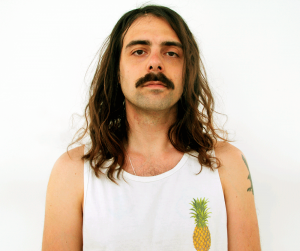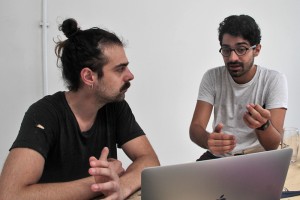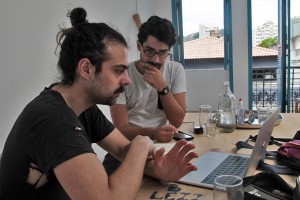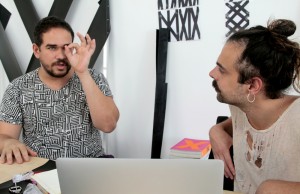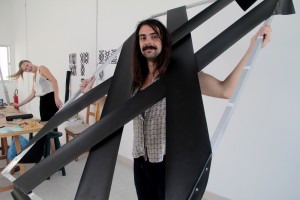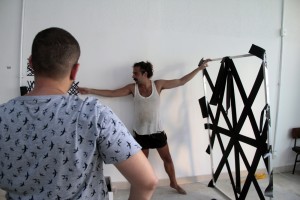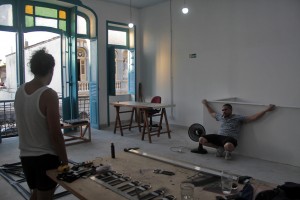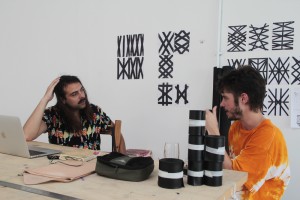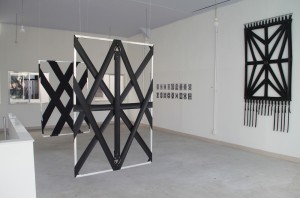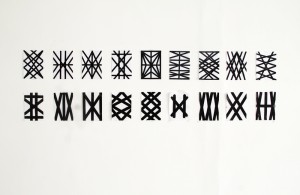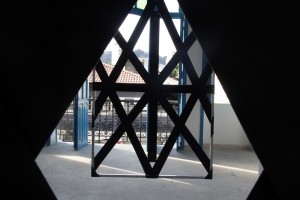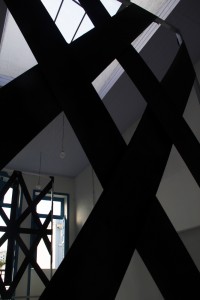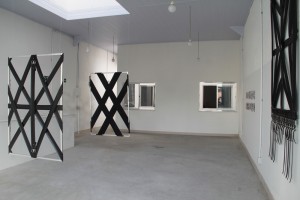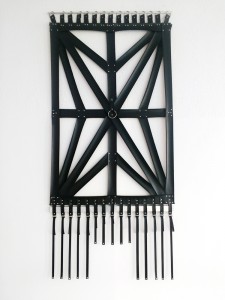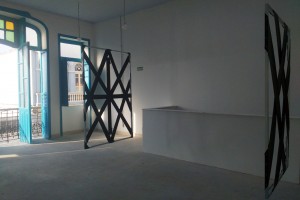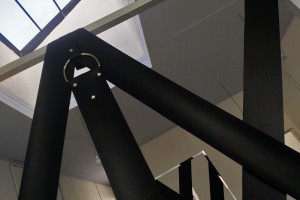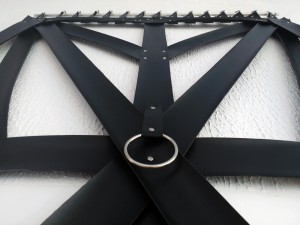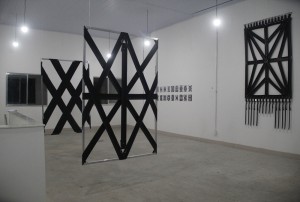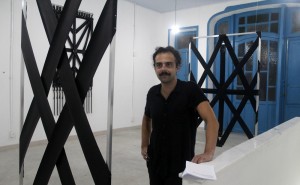Lives and works in Stockholm, Sweden. Graduated at Konstfack, he also holds a master’s degree from The Royal Academy of Fine Arts – both institutions located in Stockholm. His practice bears the stamp of his multicultural background (mother Polish, father Iraqi), manifested through a broad interest in many materials and techniques, which most prominently include clay and ceramics. His objects and sculptures mock the opulent and the over-adorned, creating a feel of kitschyness. Gathering “cheap” materials that emulate the real thing has become part of his process too. During a three-month residency at Despina, the artist spent his time searching for new materials and working on new forms of combining them.
Haidar Mahdi’s residency at Despina was generously supported by Iaspis – the Swedish Arts Grants Committee’s international programme for Visual and Applied Artists (www.konstnarsnamnden.se)
More information
webiste: www.haidarmahdi.tumblr.com
instagram: @mahdihaidar
Curatorial statement
by Raphael Fonseca
The use of pottery, color and a visual language close to kitsch outlines much of Haidar Mahdi’s research so far. The period he spent in Brazil, curiously enough, led him to opposing responses to his previous works. Avoiding clichés such as the tropicality and the chromatism often associated to certain conceptions of Brazilianness, the artist developed works of an industrial character and with repetition of black and metallic colors. Inspired by geometric patterns found on ceilings of buildings and churches, Mahdi created pieces made of leather and metal in which these geometric structures are central and present themselves to the public as images on the border between sculpture and two-dimensional fruition. Much closer to electronic music and sadomasochism than samba, they are works that point to other layers in his research and contrast in an interesting way with his previous pieces. Silence and symmetry are now at the front line – at least for now.
Camera and editing: Frederico Pellachin
Song: “Metal on Metal” (Kraftwerk, 1977)
Pictures Gallery (horizontal scrolling)
(by Frederico Pellachin)

